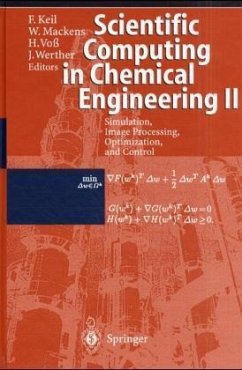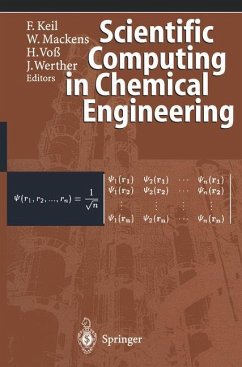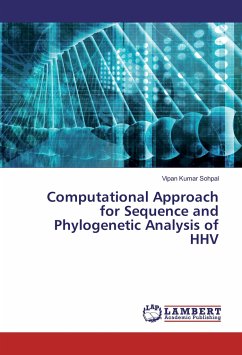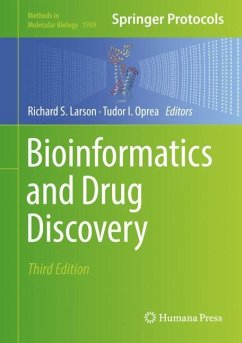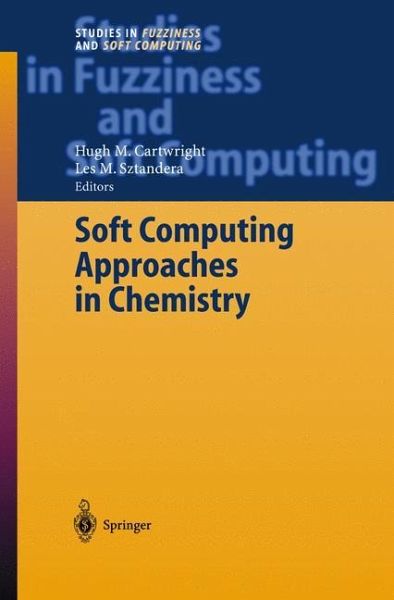
Soft Computing Approaches in Chemistry
Versandkostenfrei!
Versandfertig in 1-2 Wochen
115,99 €
inkl. MwSt.

PAYBACK Punkte
58 °P sammeln!
This book brings together original work from a number of authors who have made significant contributions to the evolution and use of nonstandard computing methods in chemistry and pharmaceutical industry. The contributions to this book cover a wide range of applications of Soft Computing to the chemical domain. Soft Computing applications are able to approximate many different kinds of real-world systems; to tolerate imprecision, partial truth, and uncertainty; and to learn from their environment and generate solutions of low cost, high robustness, and tractability. Presented applications are the optimization of the structure of atom clusters, the design of safe textile materials, real-time monitoring of pollutants in the workplace, quantitative structure-activity relationships, the analysis of Mössbauer spectra, the synthesis of methanol or the use of bioinformatics in the clustering of data within large biochemical databases. With this diverse range of applications, the book appeals to professionals, researchers and developers of software tools for the design of Soft Computing-based systems in chemistry and pharmaceutical industry, and to many others within the computational intelligence community.
The contributions to this book cover a wide range of applications of Soft Computing to the chemical domain. The early roots of Soft Computing can be traced back to Lotfi Zadeh's work on soft data analysis [1] published in 1981. 'Soft Computing' itself became fully established about 10 years later, when the Berkeley Initiative in Soft Computing (SISC), an industrial liaison program, was put in place at the University of California - Berkeley. Soft Computing applications are characterized by their ability to: - approximate many different kinds of real-world systems; - tolerate imprecision, partial truth, and uncertainty; and - learn from their environment. Such characteristics commonly lead to a better ability to match reality than other approaches can provide, generating solutions of low cost, high robustness, and tractability. Zadeh has argued that soft computing provides a solid foundation for the conception, design, and application of intelligent systems employing its methodologies symbiotically rather than in isolation. There exists an implicit commitment to take advantage of the fusion of the various methodologies, since such a fusion can lead to combinations that may provide performance well beyond that offered by any single technique.





